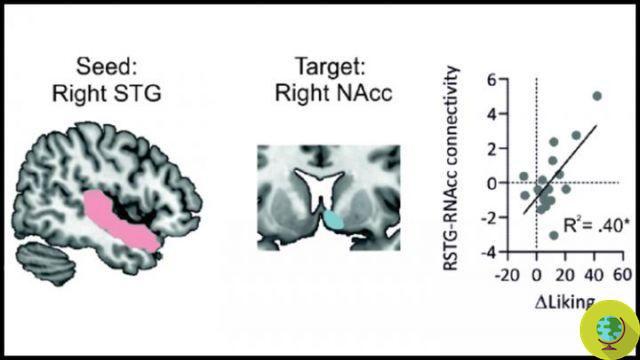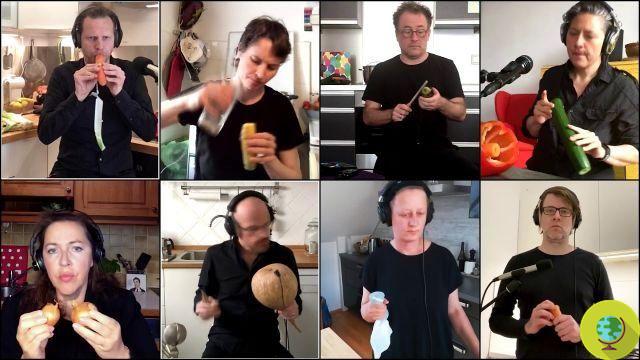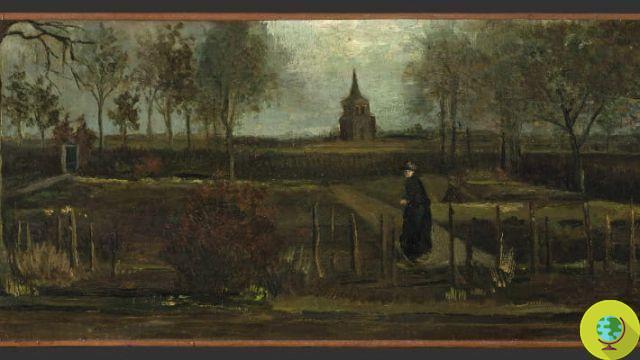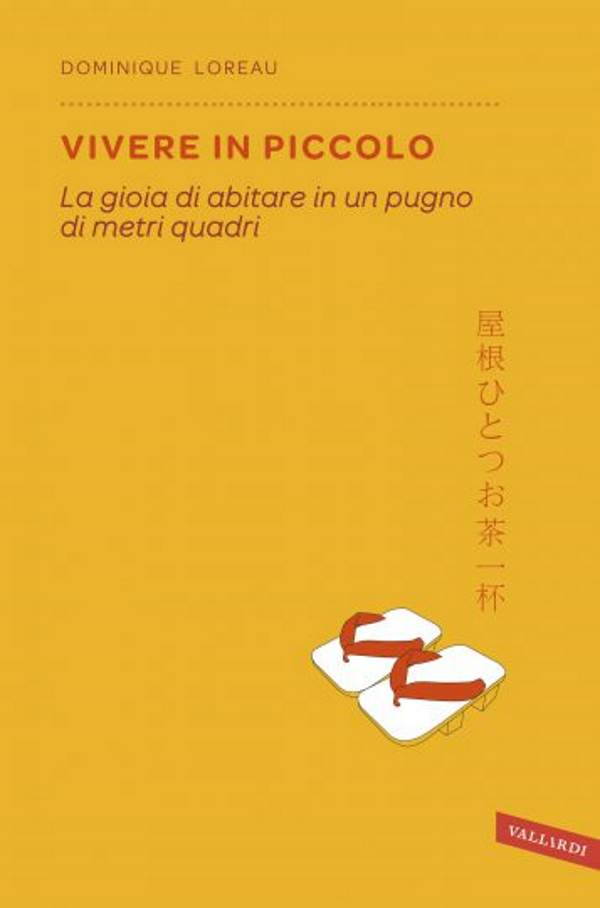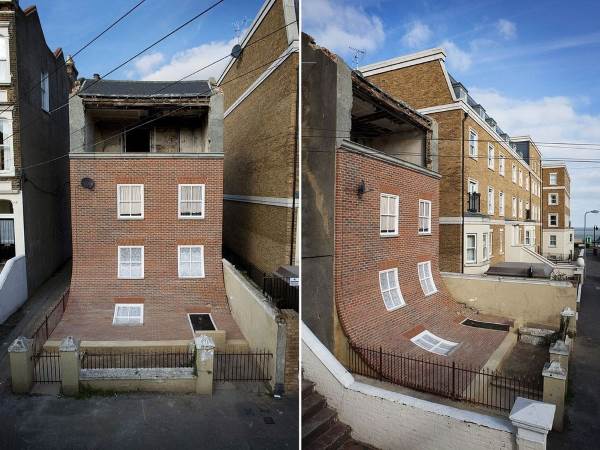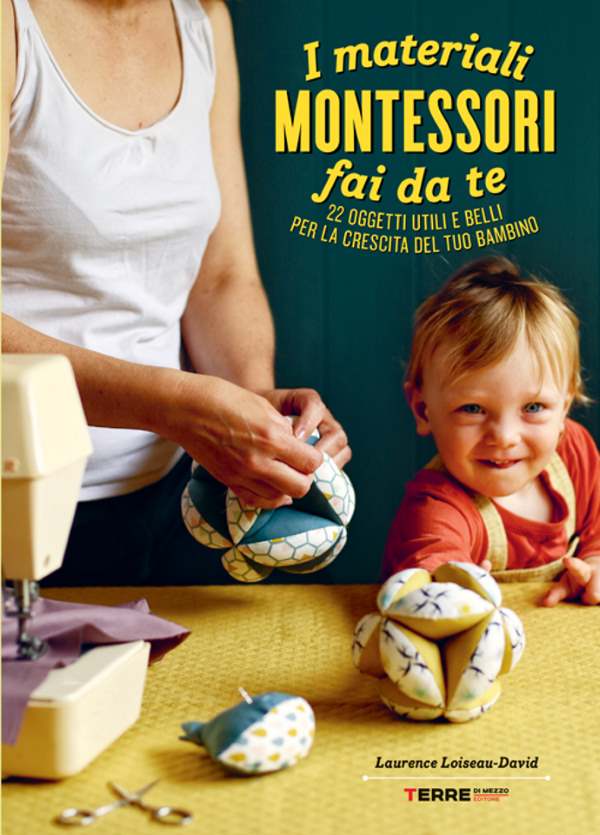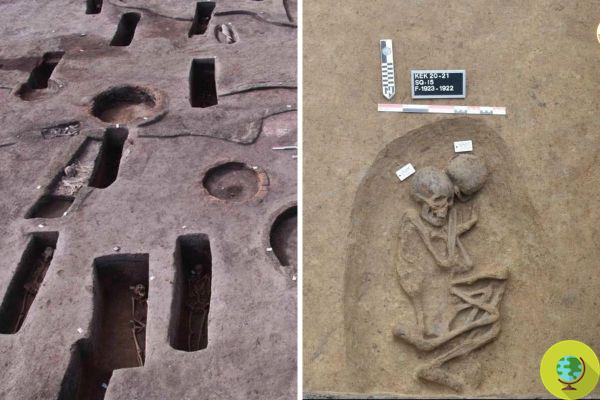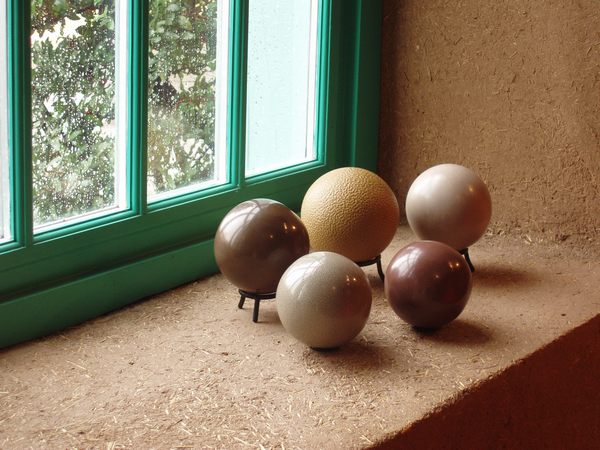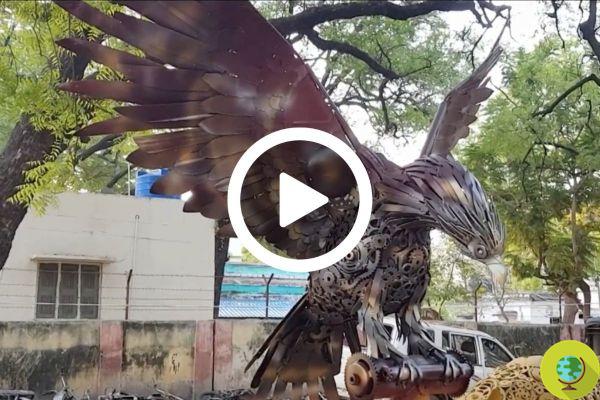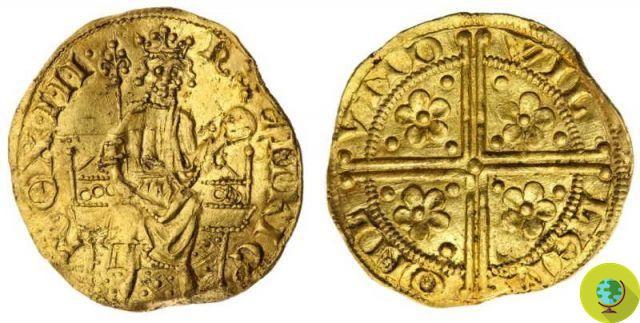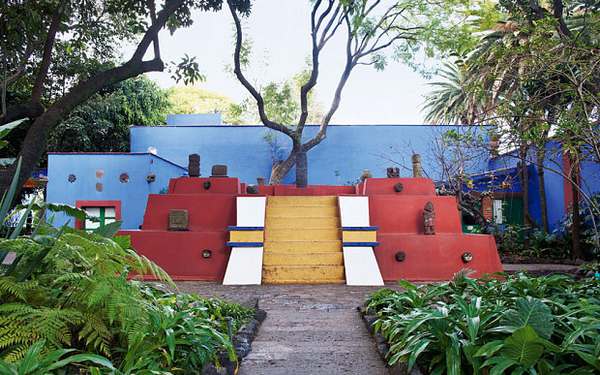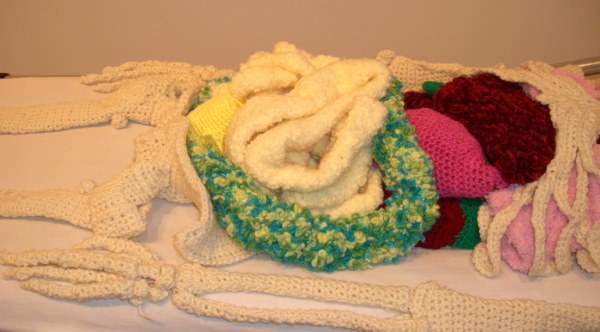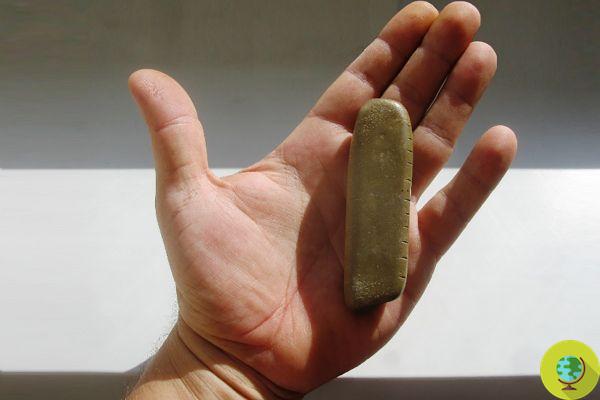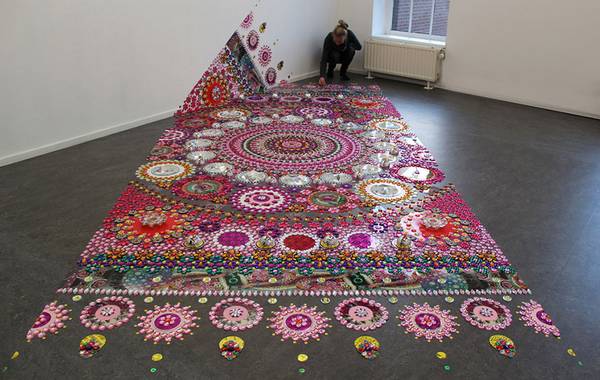Pejac worked for 11 days on the Gold Mine project with the help of inmates from El Dueso prison, Spain
Freedom, resilience and resistance: in the El Dueso prison in Santander, the oldest in Spain, the Iberian street artist Pejac, born Silvestre Santiago, once again left his unmistakable mark, launching an important message through a new series of murals .
Located at the entrance to what is the artist's hometown, overlooking the Cantabrian Sea and surrounded by marshes, the El Dueso Penitentiary Center, built at the beginning of the XNUMXth century on the remains of an old Napoleon fort , thus was the setting for a new original Pejac vision.
Determined to convey his points of view and install his works of art in the most particular places, from the Al-Azraq refugee camp in the deserts of northern Jordan to the abandoned factories in Croatia, Pejac worked for 11 days on the Gold Mine project. with the help of the inmates, within the prison walls, its courtyards and corridors.
The project includes three murals, which together represent the value of the human condition, resistance to adversity, the need to create and the desire to leave a mark.
"A prison in itself is a place wrapped in a harsh reality and, at the same time, I feel that it has a great surrealist charge, it is as if it were only necessary to scratch a little on its walls to discover the hidden poetry within", Pejac says.
I muralsThe shape of days
“This mural speaks of perseverance as one of the most precious virtues to cultivate within the walls of El Dueso. With the help of the inmates, I painted the iconic hash marks originally drawn on the cell walls to keep track of the days inside. We painted thousands of them, playing with shapes and superimposing them to create volumes that represented the shape of an immense tree capable of containing the passage of time and hope.
Each additional day is a day that brings you closer to freedom and the holm oak wood beyond the walls of this prison ".
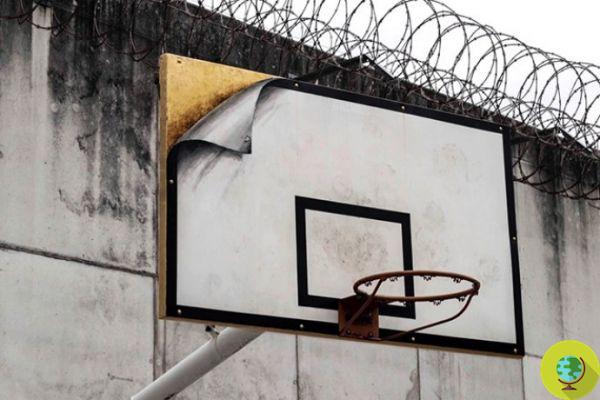
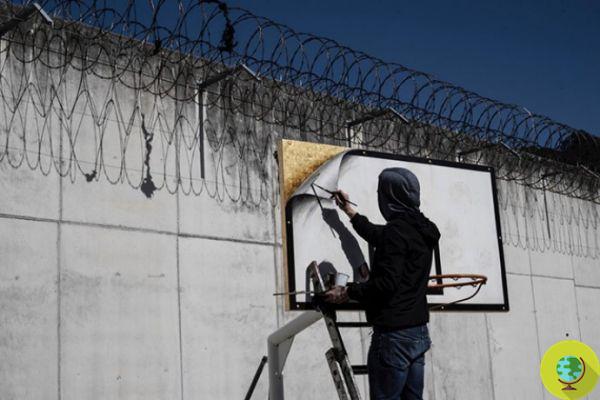 Hidden Value
Hidden Value
“For this piece, I used real 22 carat gold leaf on the backyard basketball court in the prison yard. The illusory visual effect of the trompe l'oeil did the rest: sometimes gold doesn't sparkle. I like the idea of turning an everyday item into a luxury item so that inmates can use and play with it on a daily basis. In short, to create luxury within everyone's reach ".
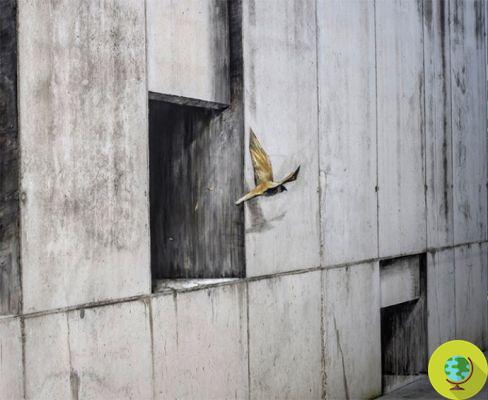 Hollow Walls
Hollow Walls
"When I first saw this corridor with only cemented and barbed wires, I felt the need to add a poetic element that symbolizes the end of suffering, the easing of the pressure that all these walls exert on the mind of an individual".
Read also:
- Street Art: the political and social issues of Asia through Pejac's gaze
- Broken glass that turns into works of art (PHOTO)
- Street art: the sky takes the place of the gray of the buildings





